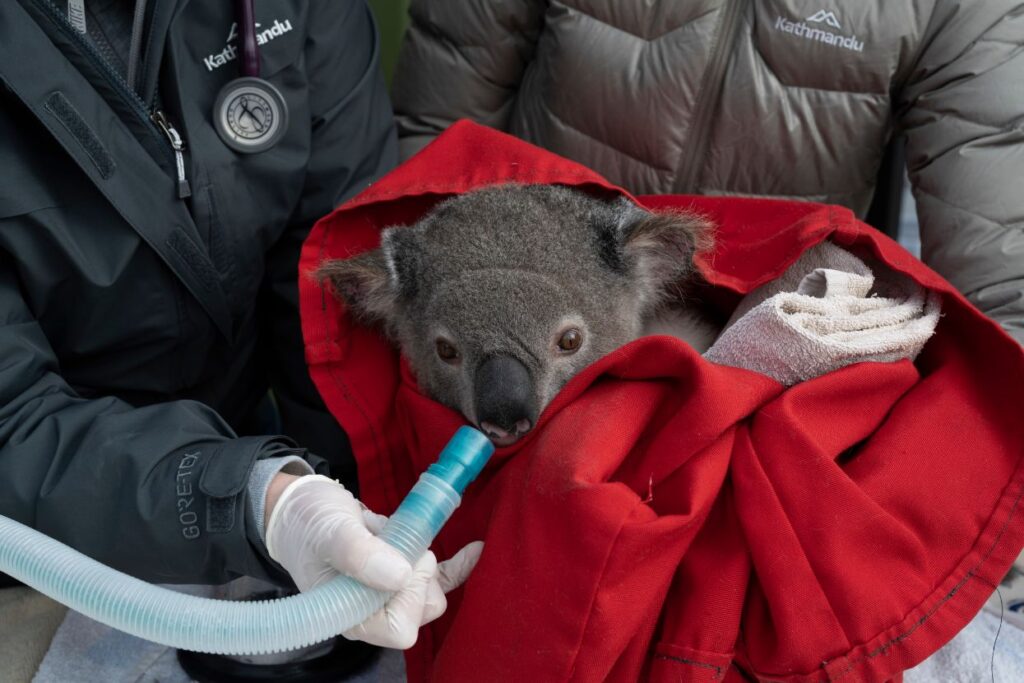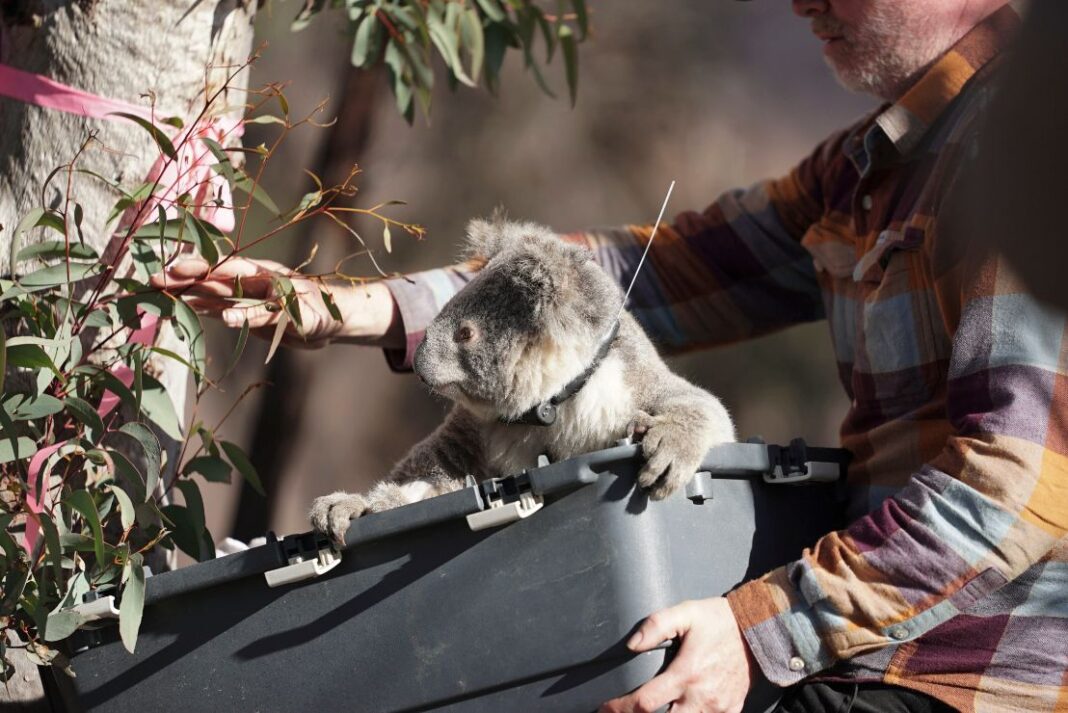Koalas have been thrust into the spotlight recently following the devastation of the Black Summer bushfires and reports they may become extinct in NSW by 2050.
Now, thanks to a donation from Minderoo Foundation, the Australian National University (ANU) will be undertaking a research project that will investigate and assist koala recovery after fire.
Monitoring 30 koalas at the Two Thumbs Wildlife Trust, ANU co-researchers, Dr Karen Ford and Dr Kara Youngentob, will focus on what koalas need to survive post bushfires, with or without human intervention.
“I think one of the things that sets this research apart is we are moving the research beyond what has been done before and addressing questions that have never been answered,” Dr Youngentob said.
“They are simple questions like can koalas eat epicormic growth and how do they use the landscape post burn, but they haven’t been answered.”
Epicormic growth are the buds that emerge from trees after a fire, and a large part of the research will investigate if they are nutritious enough for the native animals.
Another large part of the research is if the animal droppings can provide useful health information.
“We don’t know what yet, but the sorts of things we want to look at is if we can find the sex, age, if they are female, if they have a joey and if they are lactating from the droppings,” Dr Ford said.
“And obviously diet. The nutritional value of the epicormic growth is one thing we can hopefully find out.”

Of the 30 animals being monitored, koalas will be monitored across unburnt landscapes, those who remained in burnt landscapes and those who were in human care and released back into their habitat.
It is estimated that between 8,000 and 10,000 koalas died during the 2019-2020 Australian bushfire season.
The project funding is the pilot of the Minderoo Foundation Fire Fund’s $50 million Wildfire and Disaster Resilience Program.
Fire Fund CEO Adrian Turner said ANU was an obvious choice for funding based on their previous research in the area.
“They are a natural partner for Minderoo Foundation to understand whether recovering landscapes will provide sufficient nutrition to sustain koalas on release to their habitats,” he said.
“Of all the images we saw from the bushfire season, injured and suffering koalas came to represent the terrible toll on Australian wildlife through the loss of life, habitat and injuries.
“Dr Ford and her team are working to make sure the animals have the best chance of survival when they are released. That information is helping koalas right now, but also builds our knowledge for long-term resilience of our unique Australian wildlife and will improve the response to any future disasters.”
Dr Youngentob said she hoped Australians understood it wasn’t just bushfires that were affecting these animals’ survival rate.
“I think a lot of people focus on the fire because it was unprecedented in its scope and magnitude but a lot of the koalas that were rescued … they got to us and they were starving to death,” she said.
“What that meant to us was the past summer heat and the drought had been so hard on the animals before the fire even got there. There are a number of animals struggling or dying already, I don’t think people understand that situation.”



